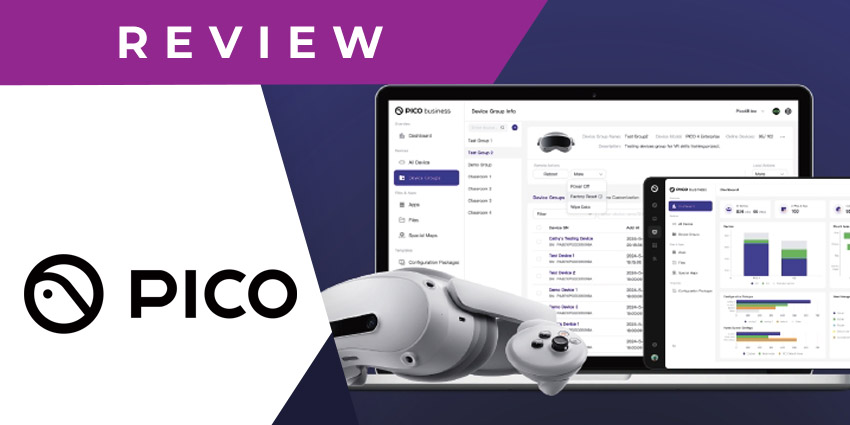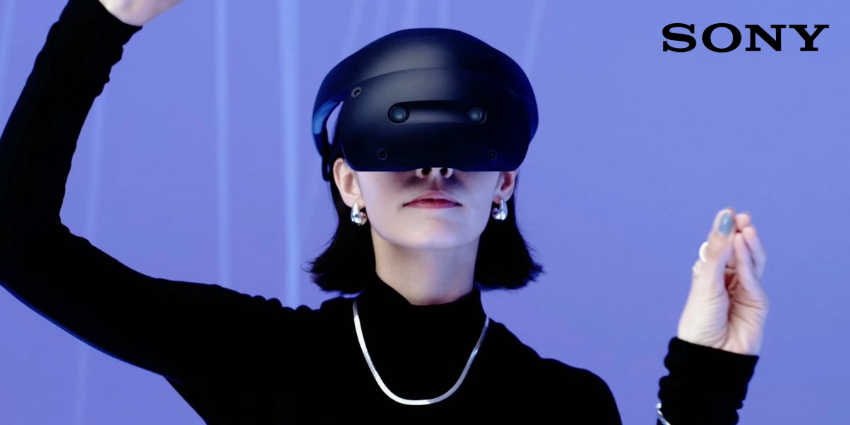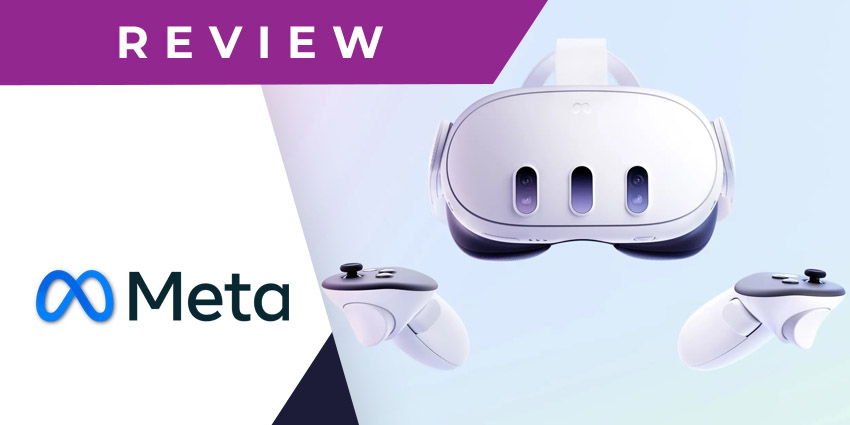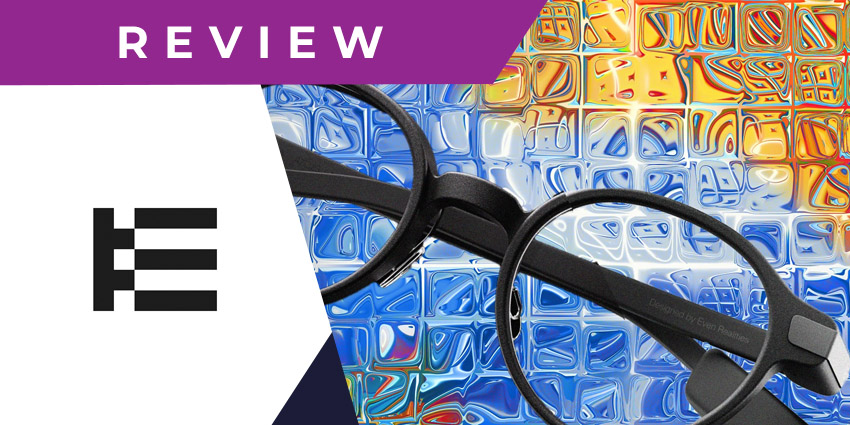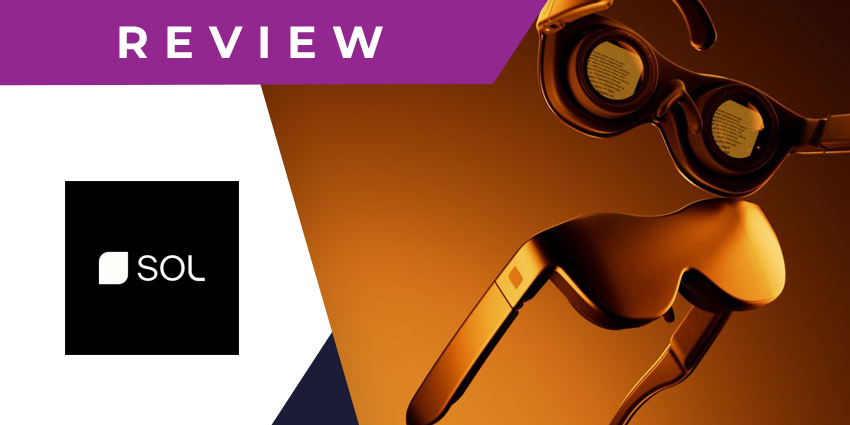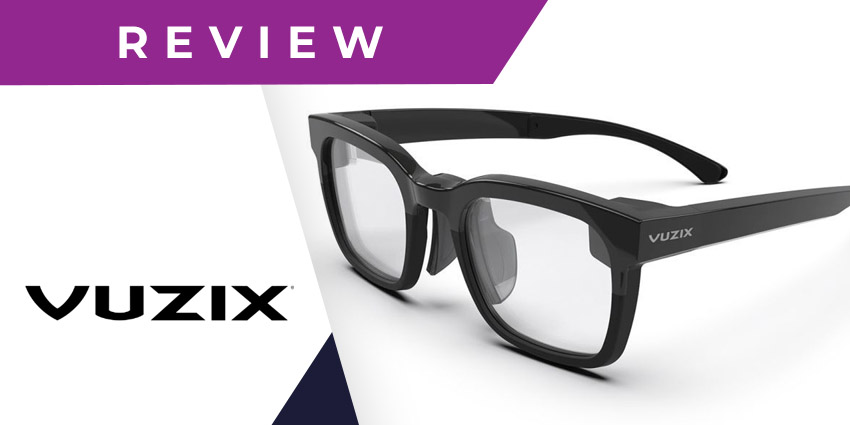The PICO Business Device Manager, introduced by the leading extended reality company at AWE EU 2024, has the potential to revolutionize extended reality adoption in the enterprise.
After all, while companies are rapidly discovering the benefits of XR technologies for training, product development, collaboration, and even customer experience, embedding XR into an enterprise environment isn’t easy.
To make sure they can make the most out of their hardware, keep content and software protected, and improve user experiences, business leaders need device management software.
The trouble is, most “mobile device management” platforms companies already use to manage enterprise hardware (like smartphones, tablets, and cameras) aren’t tailored for XR technologies.
While some extended reality-focused tools do exist, like ArborXR and ManageXR, PICO’s new solution aims to expand on these tools, offering a complete enterprise-ready platform for device, account, and content management.
We took a behind-the-scenes look at this platform to discover just how beneficial it could be for teams embracing the XR revolution.
Quick Verdict: Pros and Cons
The PICO Business Device Manager platform is a powerful, versatile solution that can significantly improve XR adoption, security, and user experiences. Combining device, user, and content management solutions, this intuitive system could be a crucial tool for business leaders in the age of XR. However, there is still room for improvement.
Pros:
- Easy-to-use with customizable dashboards and tools
- Comprehensive security features user access controls
- Complete content management system
- Centralized insights into device health and usage
- Excellent time-saving features (like batch enrollment)
Cons:
- May only be compatible with PICO headsets
- Lacks some security features, like multi-factor authentication
What is PICO Business Device Manager?
Officially announced at AWE EU 2024, the PICO Business Device Manager is an innovative mobile device management platform, designed to enhance XR device adoption and management. It gives companies a centralized dashboard to track device health, provision devices to users, share content, and access valuable analytics.
If all of this sounds familiar, this isn’t the first time PICO has offered “device management” solutions to companies. The company already has its “PICO Business Suite,” which combines tools for content streaming and device management.
The suite is similar in many ways to Meta’s “Meta Quest for Business” offering. Both platforms include a range of features for user, app, and device management intended to help boost XR adoption and reduce security risks.
The PICO Device Manager platform takes the “Business Suite” to the next level. It goes beyond device and user management, offering access to real-time remote controls, a centralized content library, customizable experiences, and more.
PICO Business Device Manager Review: Key Features
The PICO Business Device Manager shares some features similar to those already available on PICO’s business suite. For instance, you can still access real-time monitoring features, control different settings, and so on. However, the Device Manager solution is a far more robust, comprehensive toolkit for enterprise users.
Here’s a rundown of the core features.
Comprehensive Device Management
At its heart, the PICO Business Device Manager is a solution that’s designed to give you more control over your XR devices (business-wide). It does this by giving users an all-in-one platform where they can manage everything from “deployment” to daily maintenance remotely.
There are a few features that we think make PICO’s solution better than those offered by other vendors, like Meta. First, instead of having to enroll various devices (like the PICO 4 Ultra) into the system one by one (like you would with Meta for Business), you can access batch enrollment. That saves you a lot of time on getting your devices ready for long-term management.
Secondly, the PICO Business Device Manager allows you to maintain comprehensive control over all devices. Even after someone “factory resets” their device, you can still retrieve it on the MDM platform, and adjust settings. This ensures you have comprehensive control over all of your devices, no matter how users might alter them.
PICO Business Device Manager Security Features
One thing the previous PICO Business Suite struggled with – was enhancing the security of XR devices. It did give companies tools for “monitoring” device usage statistics, and controlling various headset settings remotely. However, there weren’t a lot of genuine “security” features to access.
The PICO Business Device Manager software addresses that issue. It allows companies to create customizable “user roles” for employees. That means you can apply different security settings for each user in your team, prevent them from downloading or using certain apps, and more.
Plus, you’ll be able to adjust how users log-in to applications and use a device. Users can take advantage of single-sign-on solutions, as well as PICO account integrations with corporate emails. There doesn’t seem to be an option for multi-factor authentication yet. However, this could be something that PICO invests in going forward.
Remote Workflow and User Management
In the world of hybrid work, there’s no guarantee that all of your XR devices will be available “on-site” when you need to apply software updates or change settings. Limited access to “remote” options can have a significant impact on your XR security strategy, and user experience.
Fortunately, with PICO Business Device Manager, you don’t just an easy way to track all of your devices in real-time (wherever they are) – you can also make remote changes to the technology. There are plenty of valuable remote command options to choose from, allowing you to remotely reboot hardware, view the same screen as a user, and apply software updates.
Plus, the PICO Business Device Manager dashboard keeps you updated on everything happening with your devices (and XR content) at scale. You can easily track device status and user activity in real-time. That means if you notice someone using a device incorrectly, you can rapidly reboot the tech, and adjust permissions or settings.
PICO Business Device Manager Content Controls
One thing that really impressed us about the PICO Business Device Manager software – is it goes beyond simple “device management”. After all, hardware and wearables aren’t the only thing you need to consider when you’re deploying your XR strategy. You need to think about content and software too.
Most XR MDM solutions, including PICO’s Business Suite, offer limited content management controls. For instance, on the Business Suite, companies could enable streaming, create “synced experiences” across headsets, and configure “kiosk” modes.
The Device Manager platform, on the other hand, takes a comprehensive approach to enhancing content management. It gives teams a central “library” where they can distribute and manage applications, files, videos, virtual maps, and other resources. This library even supports content from independent software vendors and partners, allowing you to combine as many different apps as you like into a single ecosystem for team productivity.
Administrators can also use the “content management” tools to configure users’ content experience. You can change the Home Screen layout based on your organizational needs and preferences, instantly guiding team members to the right apps.
You’ll also be able to apply customizable shortcut buttons, backgrounds, and layouts to home screens for team members. Alternatively, you can just use the PICO Default home screen and add extra features and apps whenever you like.
PICO Business Device Manager: Availability and Pricing
Currently, the PICO Business Device Manager is still in its early launch stages. However, the company says this software will soon be available to customers worldwide. Plus, it will be instantly compatible with all of PICO’s latest hardware and headsets.
You should even be able to track and monitor accessories for PICO’s XR devices, like the PICO Motion Trackers. For now, the company hasn’t released any information about how much a software subscription will cost in the long term.
However, initial users who subscribe to the platform before June 1st, 2025, can access a 12-month free trial – which is extremely generous. In the long term, we imagine pricing will probably depend on the number of licenses, devices, and features businesses want to access. For instance, Meta for Business has various subscription options, depending on the functionality you need.
The Verdict: A Powerful Enterprise Platform for XR MDM?
PICO might not be the first company to experiment with mobile device management software specifically designed for the XR landscape. However, it is one of the first brands to introduce a comprehensive, enterprise-ready platform that goes beyond basic device management capabilities.
Even competitors like Meta lack extensive app management and bulk enrollment features. Meta’s system relies heavily on third-party integrations with other MDM solutions to enable access to advanced controls. As enterprise companies continue to embrace the power of extended reality, solutions like PICO’s platform will become increasingly valuable.
This centralized platform will give business leaders more control over device usage, access to real-time commands and tools to enhance security and improve user experience, and endless analytical insights to enable data-driven decision-making.
Who knows? PICO’s innovation might even encourage other XR leaders to follow suit and create their own extensive device management solutions. In the meantime, PICO’s software highlights the company’s growing focus on empowering and supporting enterprises in the new age of XR.
